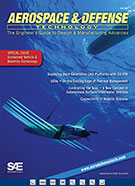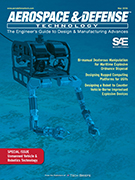Technical Paper
Autonomous Rover Navigation
2003-07-07
2003-01-2597
This paper describes the work done in autonomous operation of mobile robot at the Canadian Space Agency. The Mobile Robotic Test bed (MRT) components are presented. The autonomy software, implemented using a behaviour-based approach, is presented. The peripheral sub-systems used by the reactive engine, such as vision and path planner are also described.




